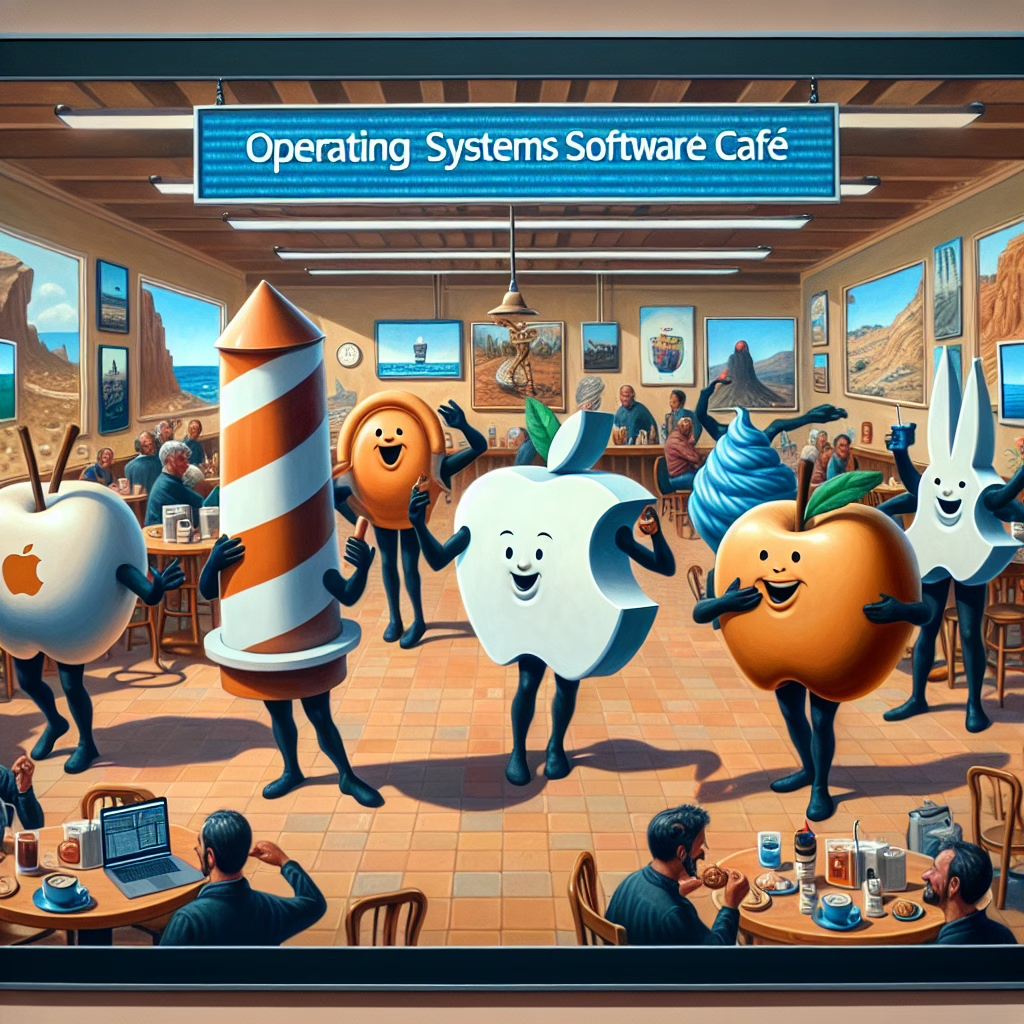In the whimsical world of technology, few things spark as much curiosity as operating systems and their ever-evolving names. Apple, the company that brought us the iPhone, has been quietly brewing up some changes that could shake up how we think about software. Buckle up, because we’re about to embark on a journey through the land of operating system naming conventions!
What’s in a Name? The Evolution of Apple’s Operating Systems
For years, Apple has had a penchant for naming its operating systems after big cats, mountains, and even locations in California. Remember those days when you could tell your friends you were running Snow Leopard or Mavericks? It sounds like a movie title, doesn’t it? But now, whispers from Cupertino suggest Apple might be steering away from these charming monikers.
Imagine walking into a café and ordering a Catalina latte or a Mojave macchiato! However, the latest rumors hint that Apple might be opting for simpler names that are more straightforward—like just calling it “Apple OS.” Imagine the simplicity! It’s like they’re taking the spice out of life and serving us plain oatmeal instead.
Why Change the Game?
You might wonder why Apple would want to ditch its fun-loving naming scheme. Well, it seems the company is aiming for clarity. In an age where software updates come at lightning speed, users might appreciate knowing exactly which version they’re using without diving into an abyss of cat names.
Plus, let’s face it: when your tech-savvy friend casually mentions they’re on Mavericks, and you’re still trying to figure out why your computer keeps crashing on Sierra, things can get confusing! Imagine asking someone what version of an OS they’re on and getting back an answer that sounds like a list of vacation spots. This change could lead to less confusion and more productivity—something we can all appreciate!
What Does This Mean for Software Developers?
If you’re a software developer, this shift in naming conventions might feel like both a blessing and a curse. On one hand, fewer names mean less time spent Googling which version works best with your latest project. On the other hand, will developers miss the quirky names that have become part of tech lore? It’s like losing a beloved character from your favorite sitcom.
As developers adapt to these potential new names, they’ll need to keep their eyes peeled for updates on compatibility issues. After all, no one wants to be the person whose software crashes because they were still referencing Catalina when it’s actually now just “Apple OS.” Talk about embarrassing!
The Impact on Users: A Mixed Bag?
For the average user, this change may be met with mixed reactions. Some may welcome simplicity with open arms while others will mourn the loss of whimsy in names. Wouldn’t you miss saying you’re running on Mojave? It adds flair to your tech conversations! However, simplicity often triumphs in usability studies.
- Many users appreciate straightforward naming conventions.
- Others enjoy the storytelling aspect of quirky names, which add character to their experience.
If we can all agree on one thing, it’s that change can lead to exciting new opportunities—or at least more straightforward conversations about our devices! And who knows? Maybe Apple will surprise us with some humorously bland names like “OS Simple” or “OS Straightforward.” The possibilities are endless!
Final Thoughts: Embracing Change in Operating Systems
So as we ponder this potential change in how Apple names its operating systems, let’s remember: regardless of what they call it, what truly matters is how well it performs. Whether you’re navigating through files on Sierra, enjoying music on Catalina, or potentially cruising through “Apple OS,” let’s hope the experience remains smooth and enjoyable.
If you’ve got thoughts swirling around in your mind about these upcoming changes in software and operating systems—or if you just want to reminisce about your favorite OS name—feel free to share them below! We’d love to hear what you think!
A special thanks to TechRadar for the insights provided in their original article. You can read it here.

